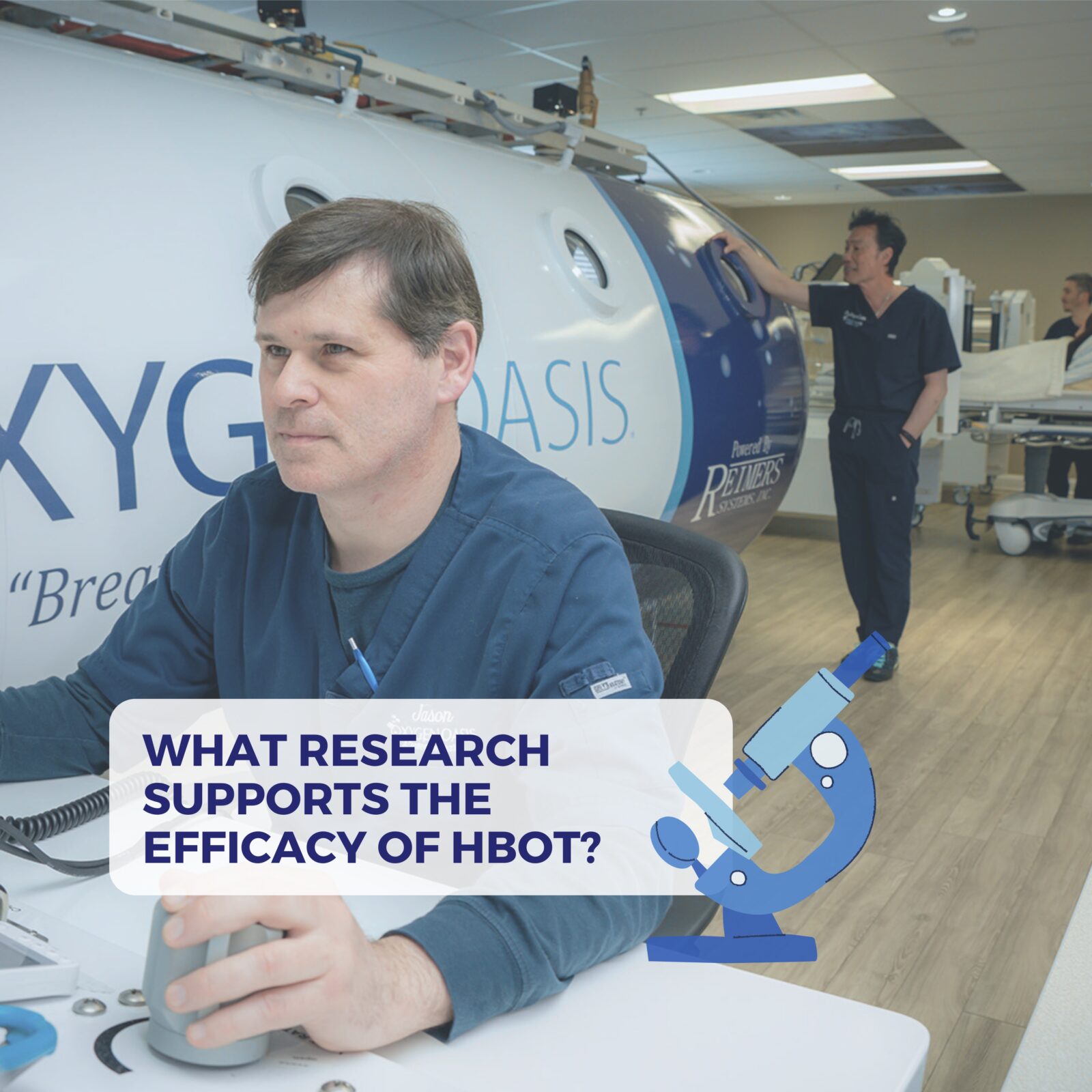
The Science Behind Hyperbaric Oxygen Therapy: Research and Efficacy
As more individuals seek to understand the effectiveness of hyperbaric oxygen therapy (HBOT), it’s essential to look at the scientific studies and clinical evidence supporting its use, as well as the mechanisms that make it effective. This blog will explore the research that underscores the efficacy of HBOT across different medical conditions, helping patients make informed decisions about their healthcare options.
What is Hyperbaric Oxygen Therapy?
HBOT involves breathing pure oxygen in a pressurized chamber, allowing for increased oxygen delivery to tissues throughout the body. This therapy is recognized for its ability to enhance healing, reduce inflammation, and support recovery from various injuries and conditions. The growing body of research highlights its role in numerous therapeutic contexts.
Mechanisms of Action
Understanding how HBOT works is crucial to appreciating its effectiveness. The therapy has several key mechanisms of action:
1. Increased Oxygen Availability
The primary mechanism of HBOT is the increased availability of oxygen. Under normal atmospheric pressure, hemoglobin in red blood cells carries oxygen to tissues. However, in HBOT, the pressure allows more oxygen to dissolve directly into the plasma, increasing oxygen delivery to hypoxic tissues. This enhanced oxygen transport is especially beneficial in areas with compromised blood flow, facilitating healing and recovery.
2. Angiogenesis and Collagen Formation
HBOT stimulates angiogenesis, the process by which new blood vessels form from existing ones. This is crucial for tissue repair, as it improves blood flow and nutrient delivery to injured areas. Additionally, HBOT promotes collagen synthesis, a vital component of wound healing and tissue regeneration, enhancing the body’s natural repair mechanisms.
3. Reduced Inflammation
HBOT exerts anti-inflammatory effects by reducing the production of inflammatory mediators and promoting the clearance of free radicals. By lowering inflammation, HBOT can alleviate pain and swelling in injured tissues, contributing to improved recovery and function.
4. Enhanced Immune Function
Oxygen plays a significant role in immune function. HBOT enhances the ability of white blood cells to kill bacteria and combat infections. This is particularly important for patients with chronic wounds or those undergoing treatment for conditions that compromise the immune system, as increased oxygen levels can bolster the body’s defenses.
5. Neuroprotective Effects
In cases of neurological injury, such as traumatic brain injury (TBI) or stroke, HBOT can help protect brain cells from damage. By improving oxygen delivery to the brain, the therapy can reduce the extent of secondary injury and support recovery.
Clinical Evidence Supporting HBOT
1. Chronic Wound Healing
One of the most well-documented applications of HBOT is in the treatment of chronic wounds, particularly diabetic ulcers. A systematic review published in Diabetes Care found that patients receiving HBOT showed significantly higher rates of wound healing compared to those receiving standard care. The therapy promotes angiogenesis and collagen formation, which are crucial for effective wound repair.
2. Radiation Injury
HBOT has also demonstrated efficacy in treating radiation-induced injuries, such as those resulting from cancer treatments. Research published in the Journal of Clinical Oncology indicated that HBOT effectively alleviated symptoms of radiation necrosis and improved the quality of life for affected patients.
3. Decompression Sickness and Air Embolism
HBOT is a standard treatment for decompression sickness, commonly experienced by divers. A study in Undersea & Hyperbaric Medicine highlighted that timely administration of HBOT significantly reduces the risk of long-term complications associated with this condition.
4. Neurological Conditions
Emerging research suggests that HBOT offers benefits for neurological conditions. A meta-analysis published in The Journal of Neurotrauma indicated that HBOT can improve neurological function and reduce secondary injury in TBI patients.
Evidence-Based Research for Every Condition
Importantly, there is evidence-based research supporting the use of HBOT for a variety of specific conditions. For each condition treated with HBOT, studies and evidence-based research provide insights into its effectiveness, helping to guide treatment protocols and patient care. This comprehensive research base ensures that patients can make informed decisions regarding their treatment options.
The Need for Continued Research
While existing studies demonstrate the benefits of HBOT, ongoing research is crucial to further validate its efficacy and determine optimal treatment protocols. Organizations like the Undersea and Hyperbaric Medical Society (UHMS) actively promote research in this field.
The body of research supporting Hyperbaric Oxygen Therapy is growing, showcasing its efficacy in treating various medical conditions, from chronic wounds and radiation injuries to neurological disorders. Understanding the mechanisms behind HBOT’s effectiveness can empower patients to make informed decisions. With evidence-based research supporting its use for each condition treated, patients can feel confident about the potential benefits of HBOT.